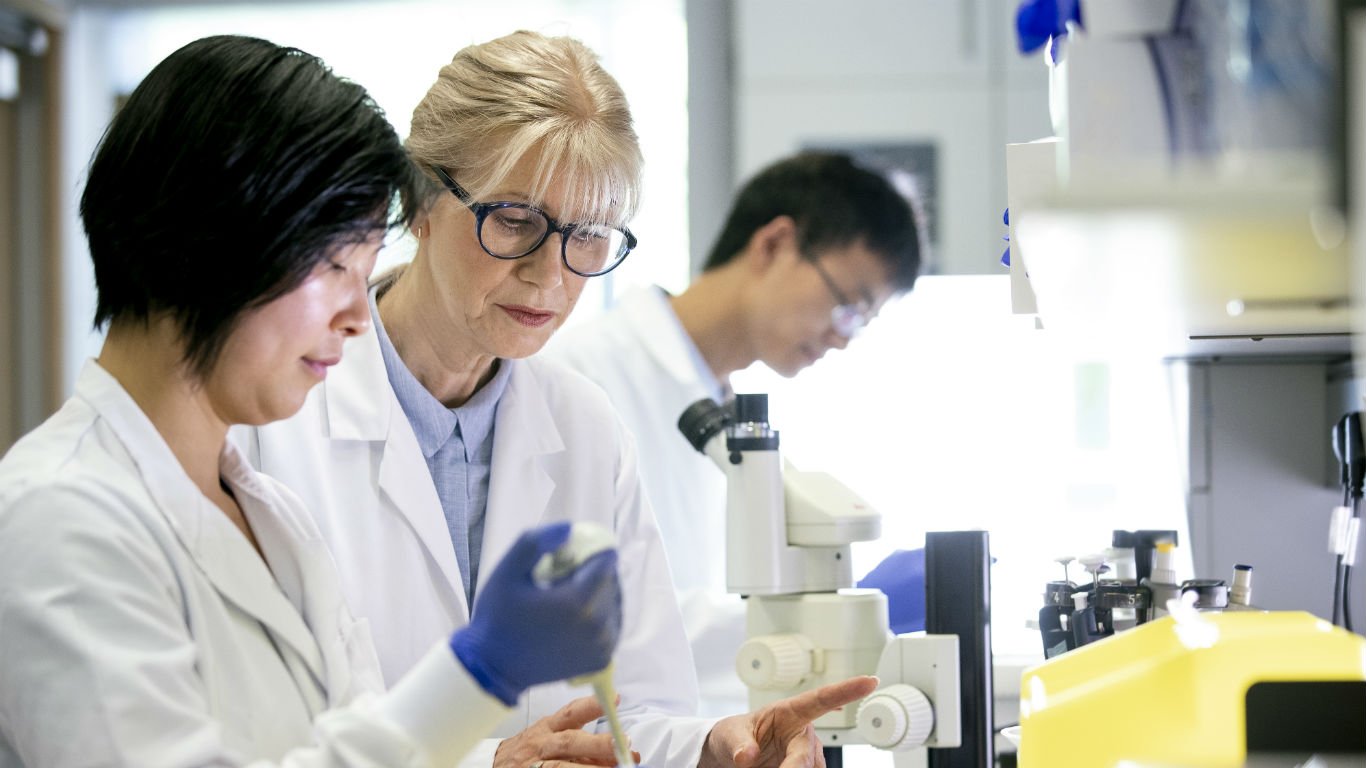

The 2016 movie “Hidden Figures,” which was certainly about racism, was also about the treatment of women in fields that men have dominated throughout history, particularly science, math, and engineering. Recently, likely inspired by the movie, there has been an interest in discovering women’s intellectual achievements of the past and giving them their long due credit.
24/7 Tempo has listed 25 women who made significant scientific discoveries. While a few have earned worldwide recognition in their own right, the list is largely composed of women who have been overshadowed or shoved aside by their husbands or male colleagues — and by the scientific community.
In many cases, their place on the list has been facilitated by contemporary research, and in a few cases, by men coming forward and admitting to the female genius behind their work. Some of these inventions are on the list of 50 things you never knew were invented by women.
What all these women have in common is their dedication to their work. Some struggled with physical disabilities, some died young from the dangers of their work, and many struggled with discrimination in their pursuit of education and employment. But even in the absence of appropriate credit for their accomplishment, their love of science made them heroes in their fields of endeavor.
Click here to see the 25 of the most influential women in science.
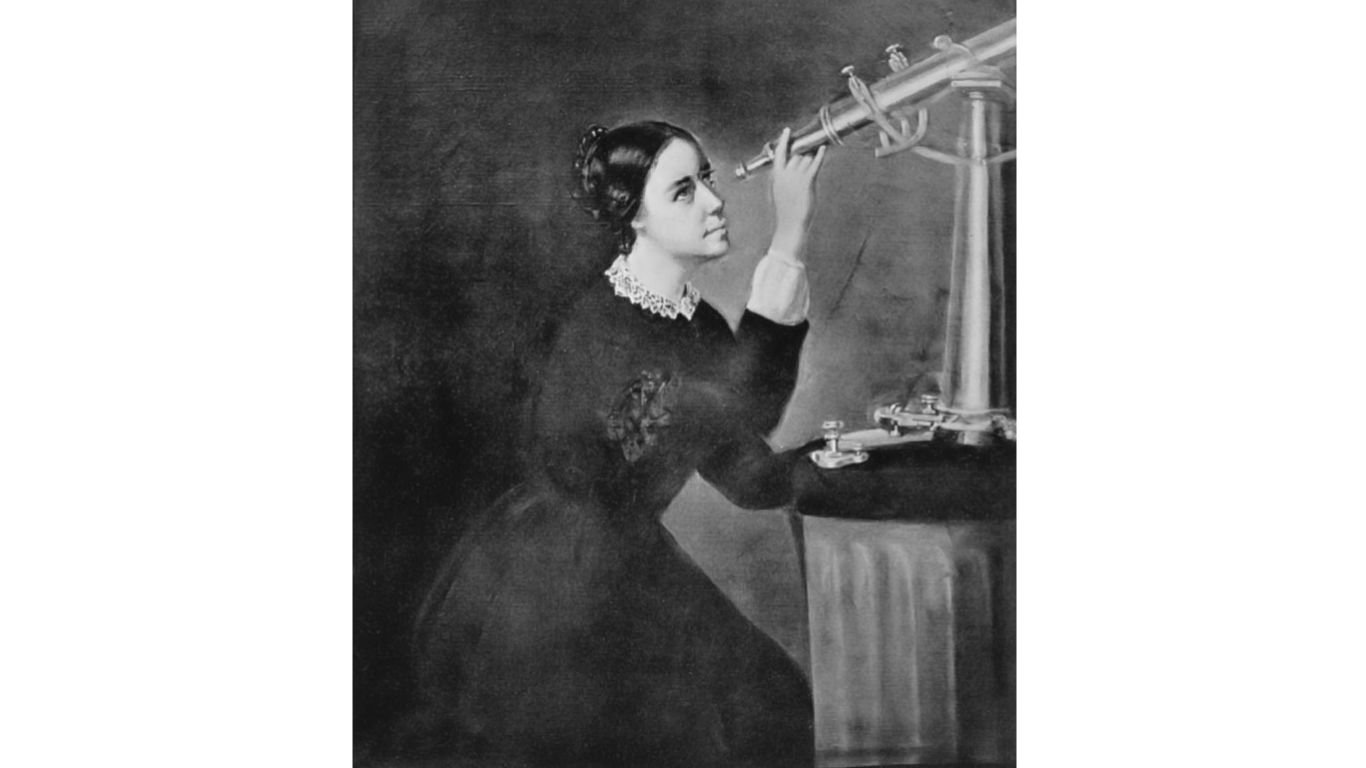
Maria Mitchell
>Profession: Astronomer
>Lived: 1818-1889
>Birthplace: Massachusetts
>Most noted accomplishment: First American to discover a comet
A brilliant scientist, committed educator, and a natural leader, Maria Mitchell broke barriers throughout her career, becoming the first woman astronomy professor, the first American scientist to discover a comet, and the first woman elected to the American Academy of Arts and Sciences. Her New England Quaker background formed the basis of her strong belief in equality and her lifetime advocacy for science education for women. Mitchell also advocated for the abolition of slavery and universal suffrage.
[in-text-ad]
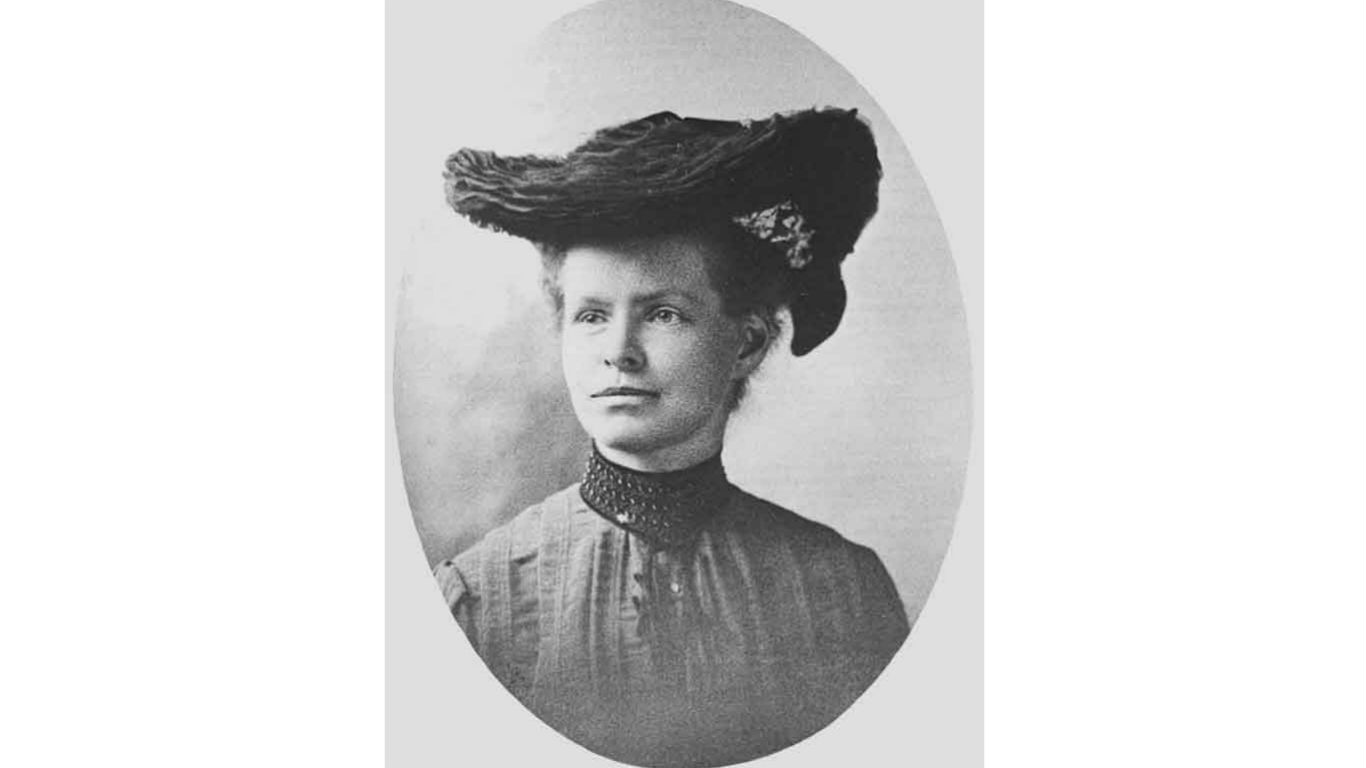
Nettie Stevens
>Profession: Geneticist
>Lived: 1861-1912
>Birthplace: Vermont
>Most noted accomplishment: Discovered sex chromosomes
Nettie Stevens was the first scientist to determine that chromosomes, rather than heredity or environmental factors, were responsible for the sex of a child. Born at the beginning of the Civil War, she began her career as a teacher but continued to pursue her own education, earning degrees from Stanford and Bryn Mawr. Stevens made her breakthrough discovery of X and Y chromosomes only two years after receiving her Ph.D., and continued her study of chromosomes, publishing 40 papers until her death from breast cancer at the age of 51.

Eunice Foote
>Profession: Scientist and women’s rights advocate
>Lived: 1819-1888
>Birthplace: Connecticut
>Most noted accomplishment: Experiments demonstrating the greenhouse effect
The celebrated Irish physicist, John Tyndall, is rightfully credited for his research that provided the basis for modern climate science, but it was Eunice Foote who first demonstrated the phenomenon we now know as the greenhouse effect, described in a paper she wrote for the annual American Association for the Advancement of Science in 1856. Foote also left her mark in other places. She, along with Elizabeth Cady Stanton, was appointed to prepare the proceedings of 1848 Women’s Rights Convention in Seneca Falls.
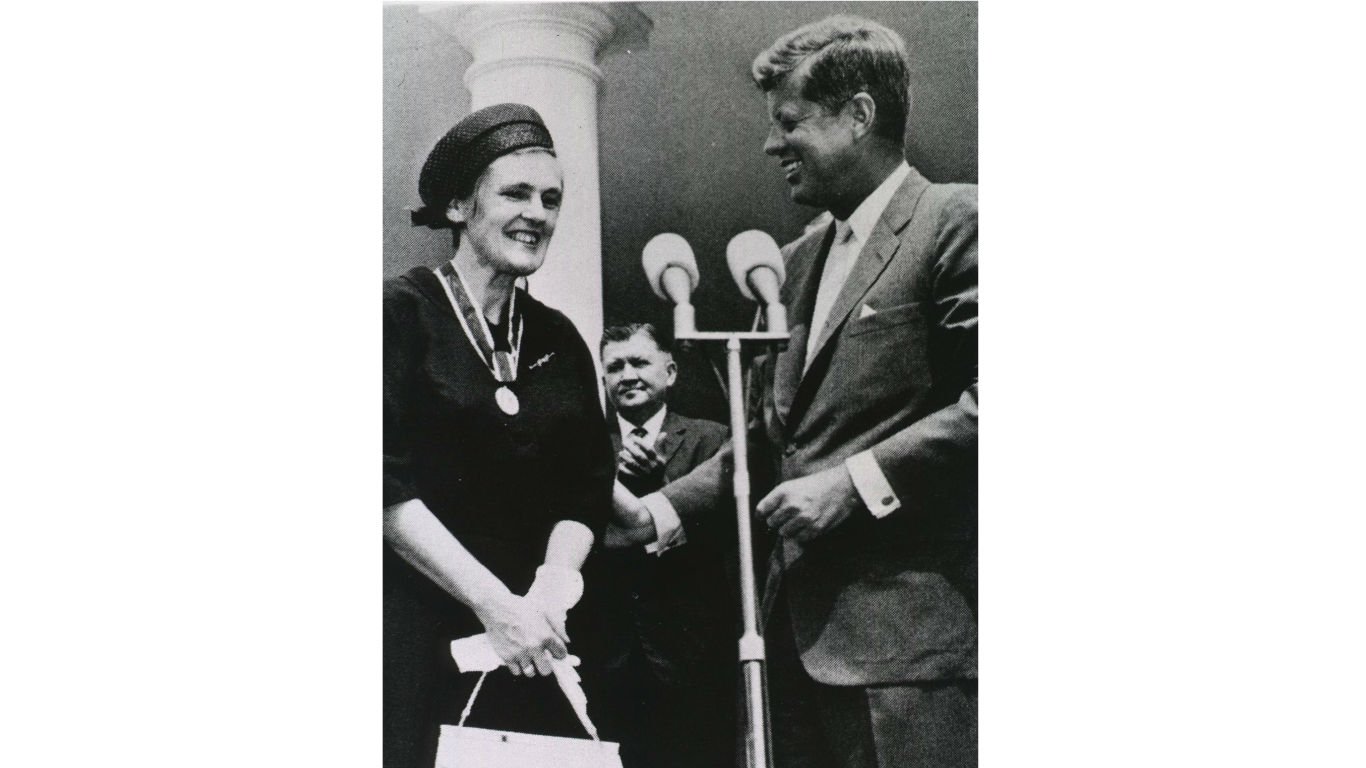
Frances Oldham Kelsey
>Profession: Pharmacologist
>Lived: 1914-2015
>Birthplace: British Columbia
>Most noted accomplishment: Prevented the use of thalidomide in the US
In the 1960s, a routinely used drug called Kevadon, with the generic name thalidomide, damaged fetuses across Europe, resulting in perhaps tens of thousands of children being born with missing or malformed limbs. The United States was spared the tragedy and sorrow by a Food and Drug Administration employee, Frances Oldham Kelsey, who, in reviewing its license application, questioned the drug’s safety as a sedative and treatment for morning sickness. Kelsey pressed the William S. Merrell Company of Cincinnati, the drug’s manufacturer, for more information until the news from Europe confirmed her distrust. The thalidomide experience resulted in much tighter regulation of the drug industry in the country.
[in-text-ad-2]
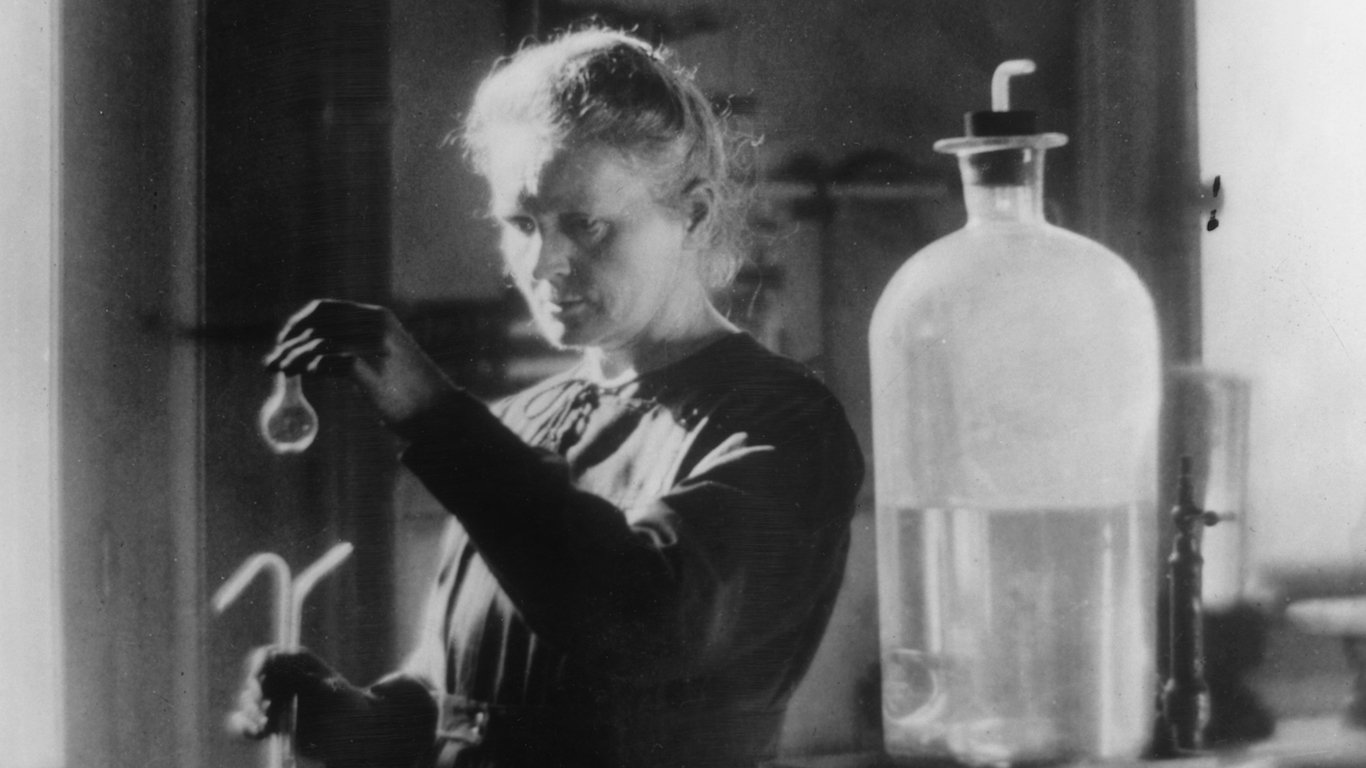
Marie Curie
>Profession: Physicist and chemist
>Lived: 1867-1934
>Birthplace: Warsaw, Poland
>Most noted accomplishment: Discovered radium
Marie Curie is the first name that comes to mind in any discussion of women scientists. Born in Poland and educated in Paris, she followed her husband and research partner, Pierre, as professor of physics and head of the physics laboratory at the Sorbonne after his untimely death. Curie is most famous for her discovery of radium, its properties and its applications. She won numerous awards for her work, including a Nobel Prize in Physics in 1903 and a Nobel Prize in Chemistry in 1911 for her work with radioactivity. Curie died from aplastic anemia, which is thought to have been caused by her regular exposure to radiation.
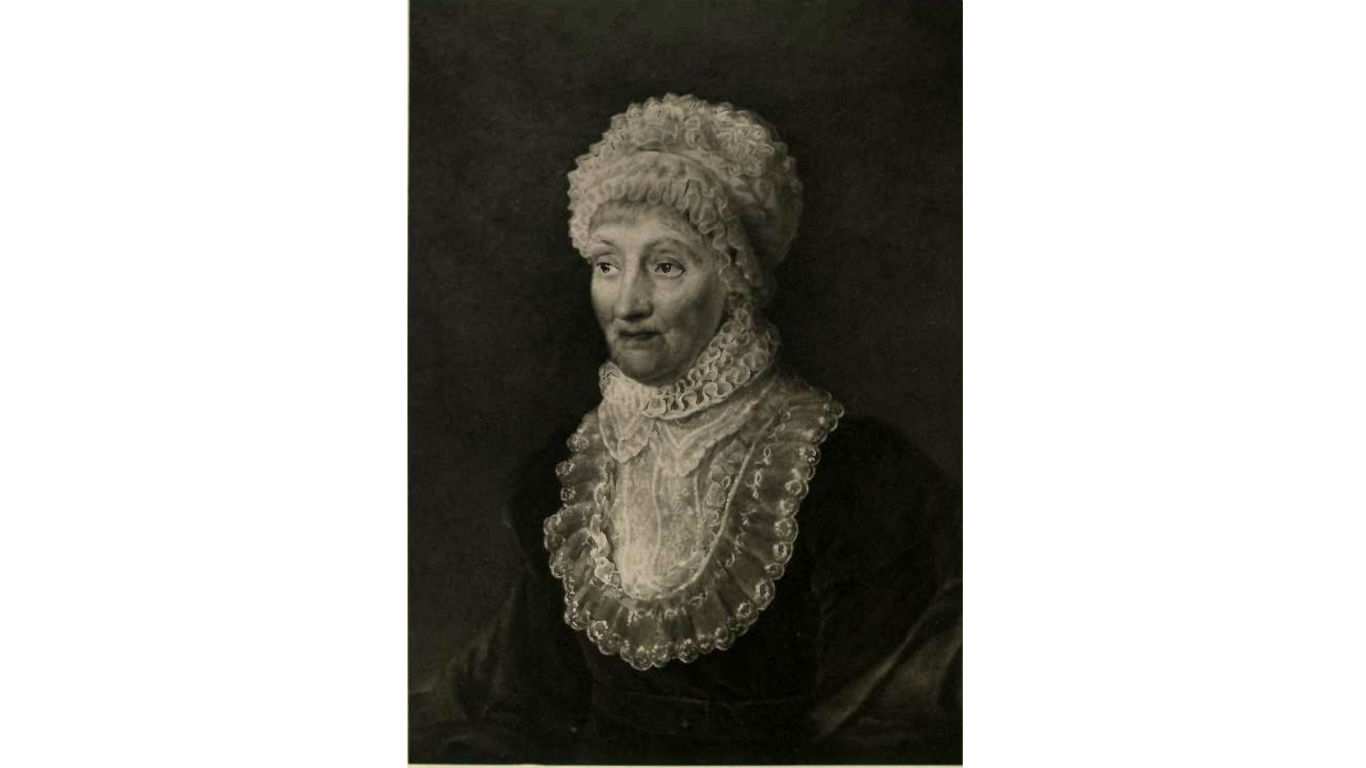
Caroline Herschel
>Profession: Astronomer
>Lived:1750-1848
>Birthplace: Hanover Germany
>Most noted accomplishment: First woman to discover a comet
Born in Germany, Caroline Herschel was denied an education and, at age ten, was stunted by childhood typhus. Her soon to be famous older brother, William Herschel, took her to England as a young adult, where she trained and performed as a singer, but became her brother’s research assistant when he was appointed court astronomer. William was knighted for his work, but Caroline also came into her own as an astronomer, becoming the first woman to discover a comet. Herschel discovered seven more comets in her lifetime, as well as three nebuli. Considered the first professional female astronomer, at the age of 77, she was given a gold medal by the Royal Astronomical Society.
[in-text-ad]
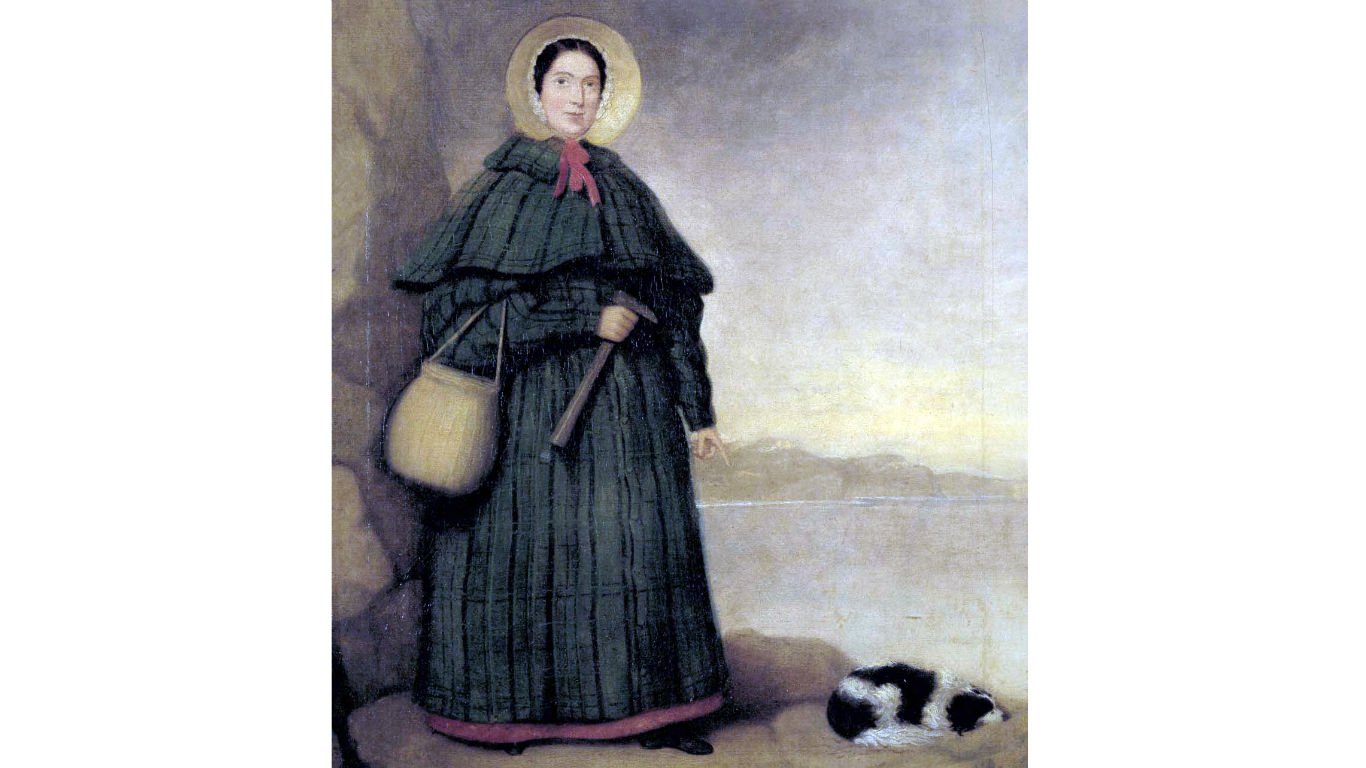
Mary Anning
>Profession: Fossil collector and anatomist
>Lived: 1799-1847
>Birthplace: England
>Most noted accomplishment: Finding the first Ichthyosaur and Plesiosaurus fossils
Living in poverty, Mary Anning’s family sold fossils they found on the cliffs at Lyme Regis, England, near their home. She took over the family fossil business and, with the support of a professional fossil collector, Lt.-Col Thomas Birch, became a skilled anatomist. Anning had many important finds from her dangerous work as a fossil hunter — most notably her discovery of Ichthyosaur and Plesiosaurus remains. Eventually, her expertise brought her recognition and stipends from the British scientific community. Even so, the majority of Anning’s fossils ended up in museums and private collections without credit to her, and her name was all but forgotten after her death of breast cancer at the age of 48.
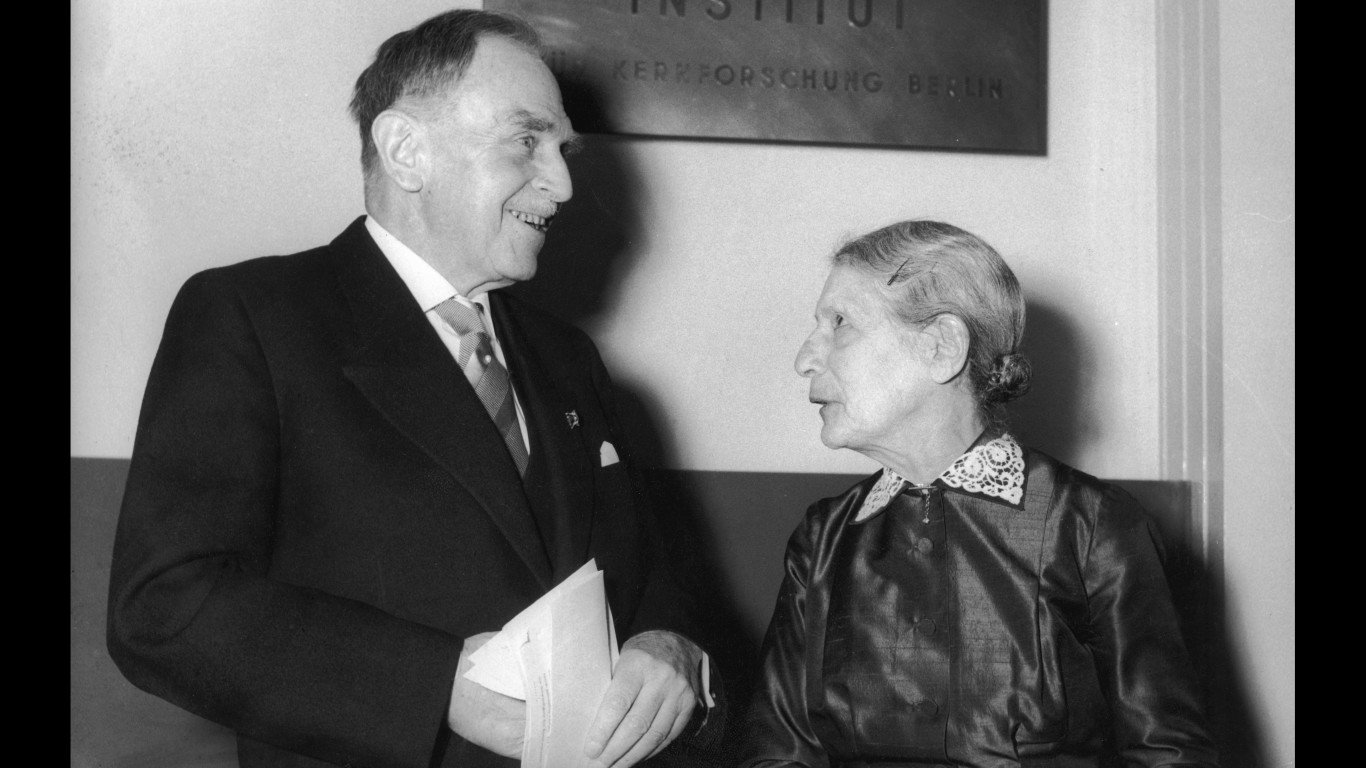
Lise Meitner
>Profession: Physicist
>Lived: 1878-1968
>Birthplace: Austria
>Most noted accomplishment: Led the discovery of nuclear fission
Austrian-born physicist Lise Meitner has been called “the mother of the atomic bomb,” but she really despised this attribution. A pacifist, she had declined an invitation to join the Manhattan Project because of her opposition to the bomb. She had earned the invitation because of her decades-long work in Berlin with Otto Hahn, researching radioactivity and, more specifically, uranium fission. Having a Jewish heritage, she fled to Sweden in 1938 and was not given credit for her groundbreaking research when the Nobel Prize was awarded to Hahn in 1944.
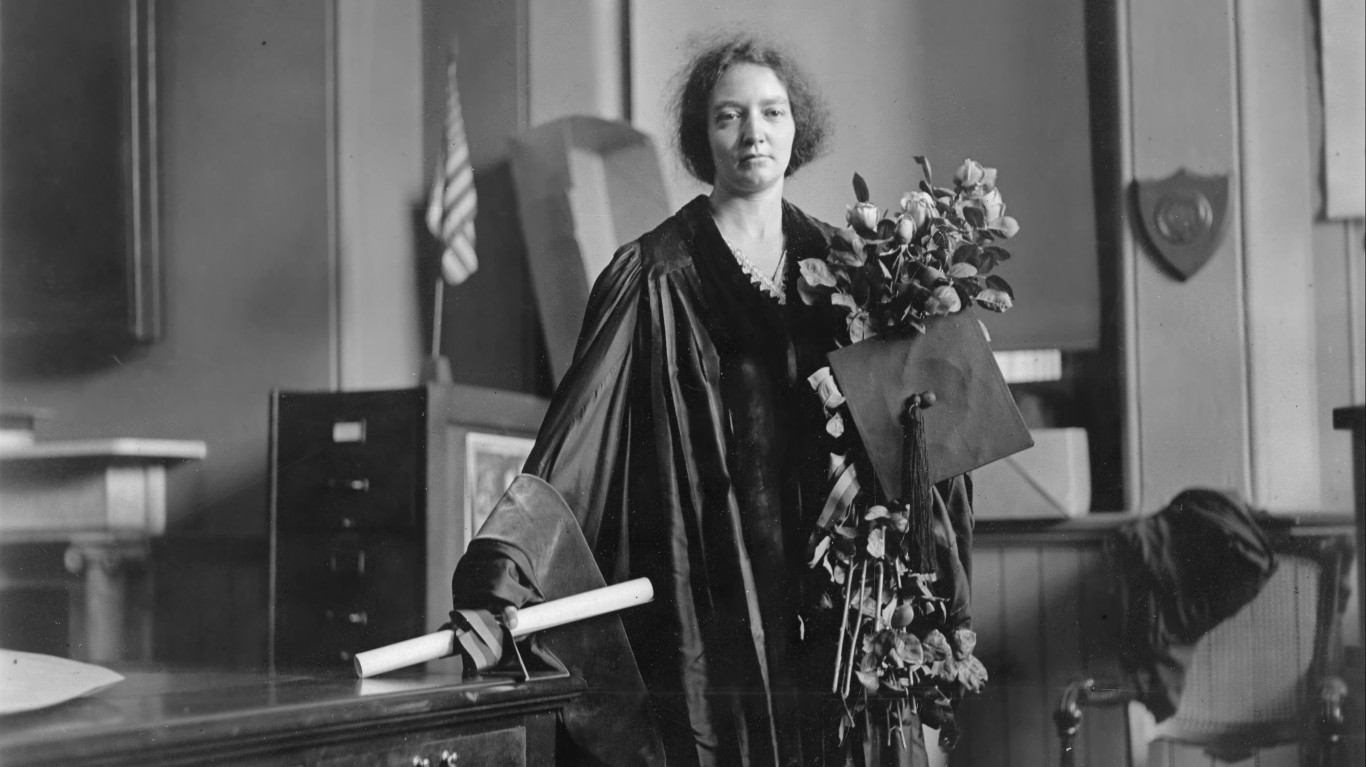
Irène Joliot-Curie, physicist
>Profession: Physicist
>Lived: 1987-1937
>Birthplace: France
>Most noted accomplishment: Produced artificial radiation
The daughter of the most famous couple in science, Pierre and Marie Curie, French scientist Irène Joliot-Curie, a physicist, also collaborated with her spouse, Frédéric Joliot, in the study of radioactivity. They shared the Nobel Prize in Chemistry in 1935 for producing radioactive elements. As a prominent scientist and groundbreaking researcher, Joliot-Curie was appointed to important posts in academic and scientific communities and within the French government, but she was also lauded for her promotion of the social and intellectual advancement of women. Like her mother, she is believed to have died as a result of her exposure to radiation, in Joliot-Curie’s case from leukemia at the age of 59.
[in-text-ad-2]
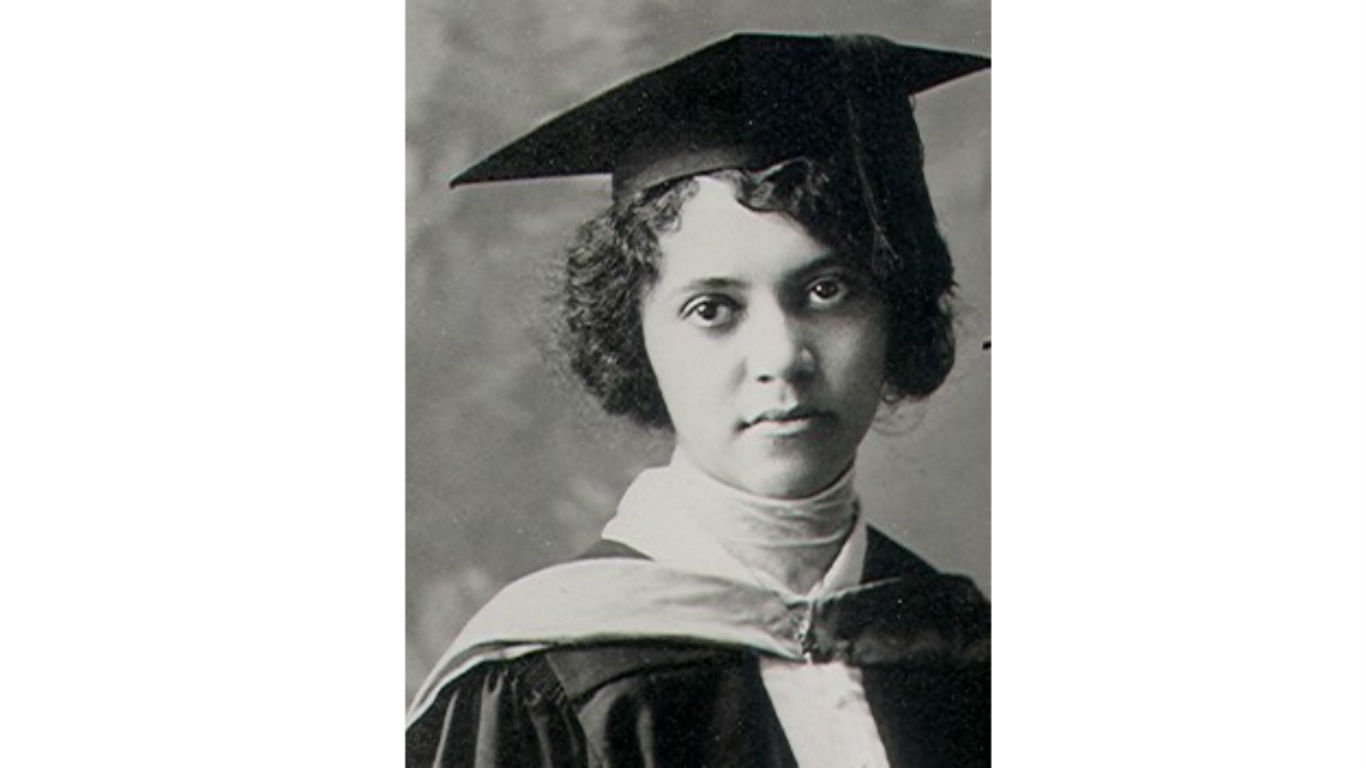
Alice Ball
>Profession: Chemist
>Lived: 1892-1916
>Birthplace: Washington
>Most noted accomplishment: Created a treatment for leprosy
After earning a master’s degree in chemistry from the College of Hawaii, the first African American and the first woman to do so, Alice Ball went on to a teaching career when a local surgeon sought her help in finding relief for victims of Hansen’s disease, also known as leprosy. Working in her spare time, Ball produced an injectable treatment that was then employed for over 20 years before the advancement of antibiotics led to a cure for the disease. Tragically, Ball became sick and died from chemical poisoning — likely from her lab work.
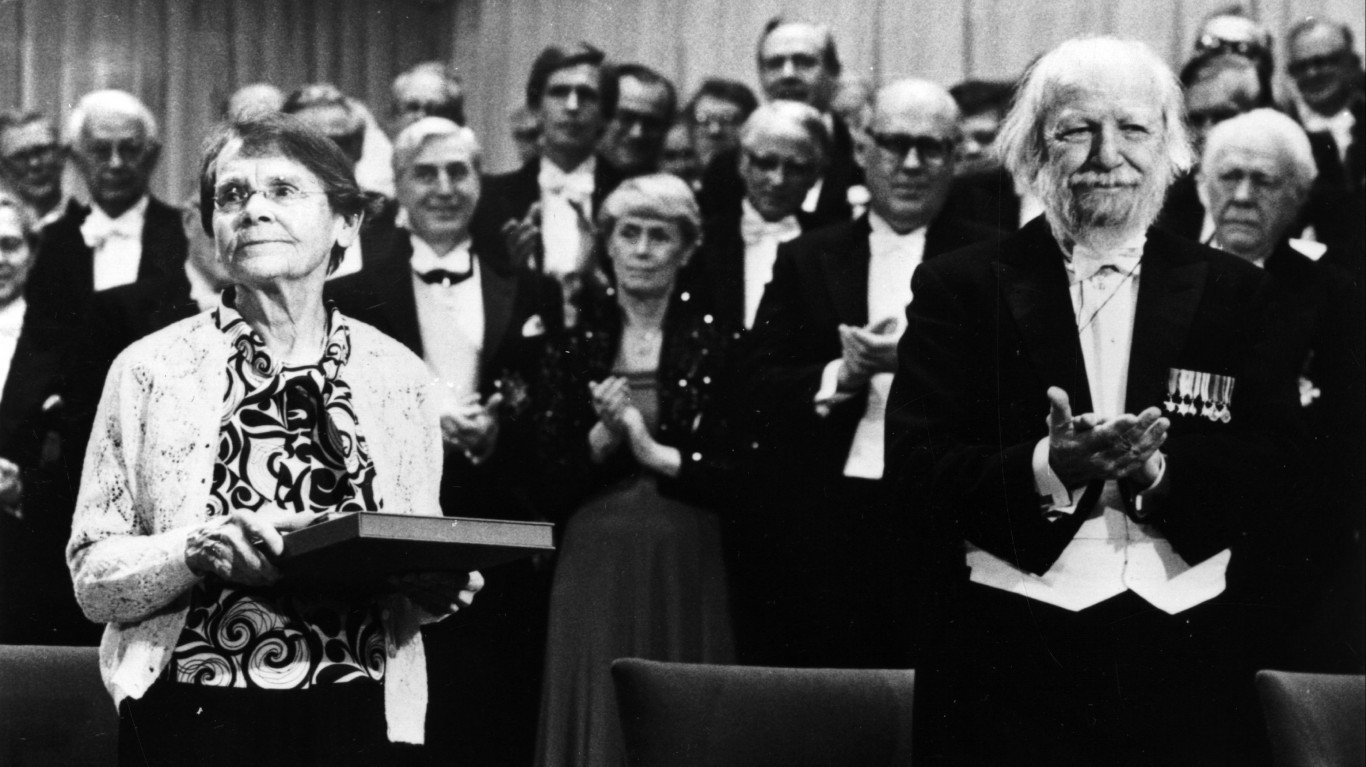
Barbara McClintock
>Profession: Cytogeneticist
>Lived: 1902-1992
>Birthplace: Connecticut
>Most noted accomplishment: Demonstrated the movement of chromosomes
After earning her Ph.D at Cornell, co-authoring a ground-breaking paper connecting chromosomes and genetics, and receiving a Guggenheim fellowship to study in Germany, Barbara McClintock returned to Cornell to learn that the university did not hire women professors. She nevertheless attracted funding for her research and spent her life studying genetics at the Cold Spring Harbor Laboratory on Long Island. In the 1940s, McClintock made revolutionary discoveries about the movement of chromosomes and their effect on genes, but her work was not taken seriously until the late 1960s and ’70s when her findings began to be verified. Unlike many women scientists before her, history acknowledged her contributions in her lifetime, and she was finally recognized with numerous awards, becoming, in 1983, the first woman to be the sole recipient of the Nobel Prize for Physiology and Medicine.
[in-text-ad]
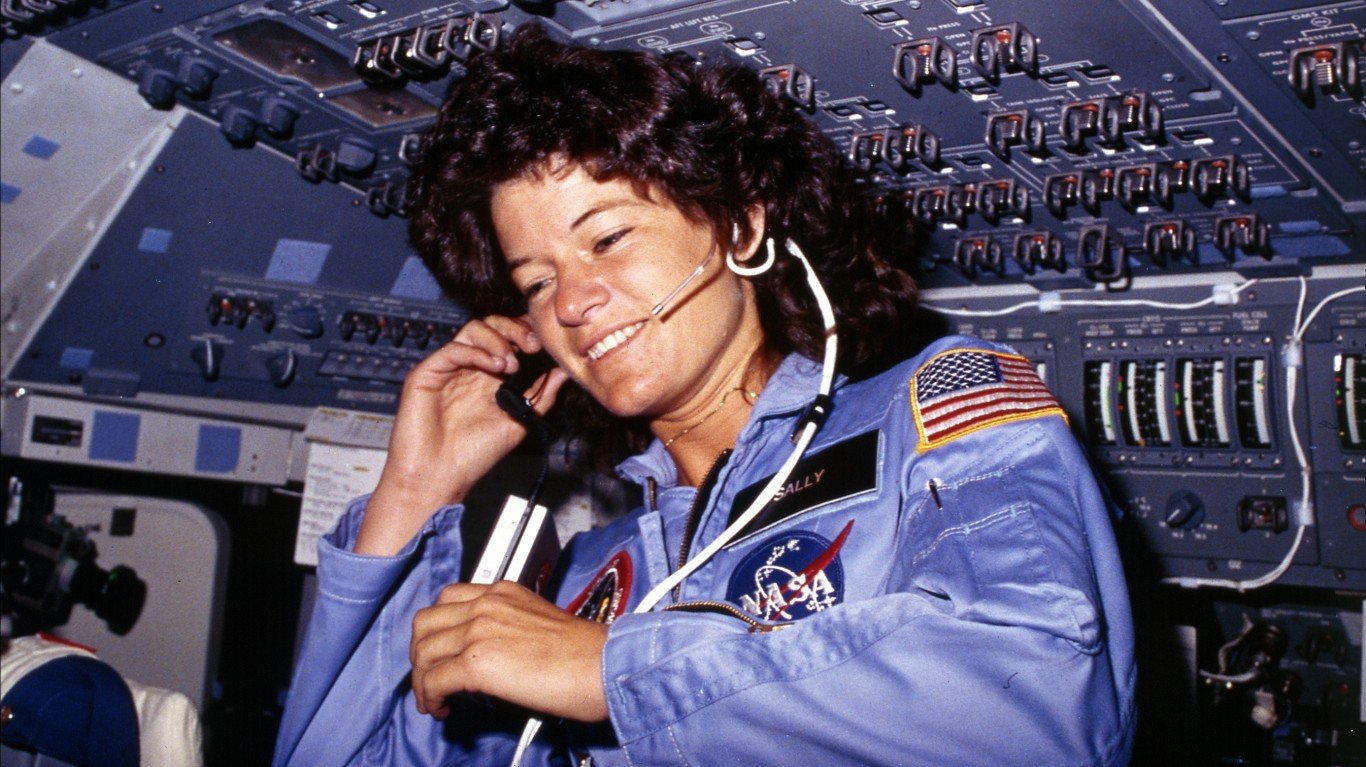
Sally Ride
>Profession: Astronaut
>Lived: 1951-2012
>Birthplace: California
>Most noted accomplishment: The first American woman in space
A former tennis champion with a Stanford Ph.D in physics, Sally Ride joined NASA’s team of astronauts as a mission specialist rather than a pilot, and, in 1983, flew a space shuttle mission as Challenger’s engineer — the first American woman in space. She flew a second space mission the following year, her last, and later worked in the NASA administration and as a physics professor at the University of California at San Diego. Ride was devoted to the education of children, particularly science and math education for girls and children from diverse backgrounds. She wrote several children’s books and started nonprofit organizations in collaboration with her long-time partner Tam O’Shaughnessy. Ride can claim another first — she is the first acknowledged gay astranoaut.
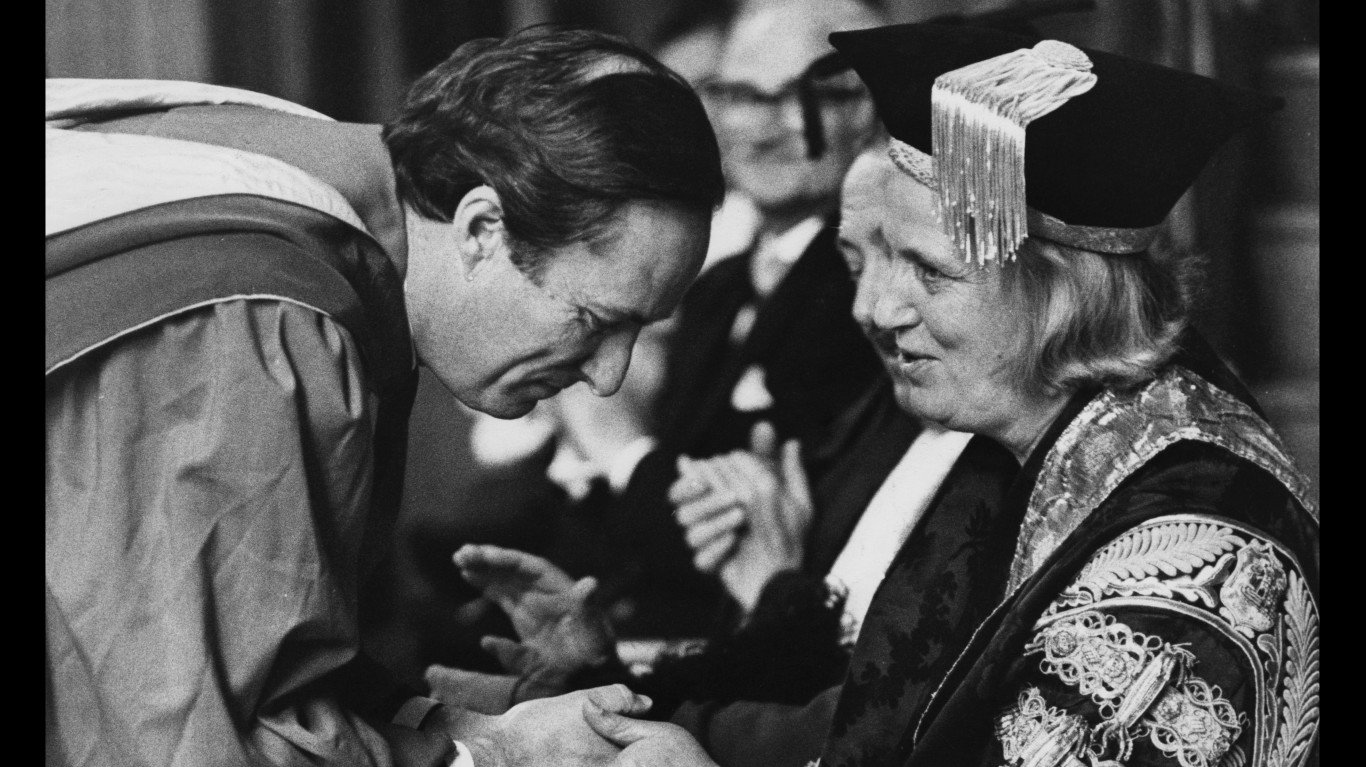
Dorothy Hodgkin
>Profession: Chemist
>Lived: 1910-1994
>Birthplace: Egypt (to British parents)
>Most noted accomplishment: Discovered the structure of penicillin, vitamin B12 and insulin using X-ray techniques
As an undergraduate at Oxford, Dorothy Hodgkin was one of the first scientists to use X-ray crystallography to study organic compounds, and, as a Ph.D. candidate at Cambridge, she assisted in the first X-ray diffraction of the protein pepsin, a main digestive enzyme. After receiving her Ph.D., she accepted a job at her undergraduate school, where she set up an X-ray laboratory. Despite severe pain and disfigurement in her hands caused by rheumatoid arthritis, Hodgkin’s persistent work led to her discovery of the structure of penicillin and, later, vitamin B12 , for which she won the Nobel Prize in Chemistry in 1964. Five years later, with advances in X-ray and computer technology, Hodgkin completed a lifetime effort to discover the structure of insulin.
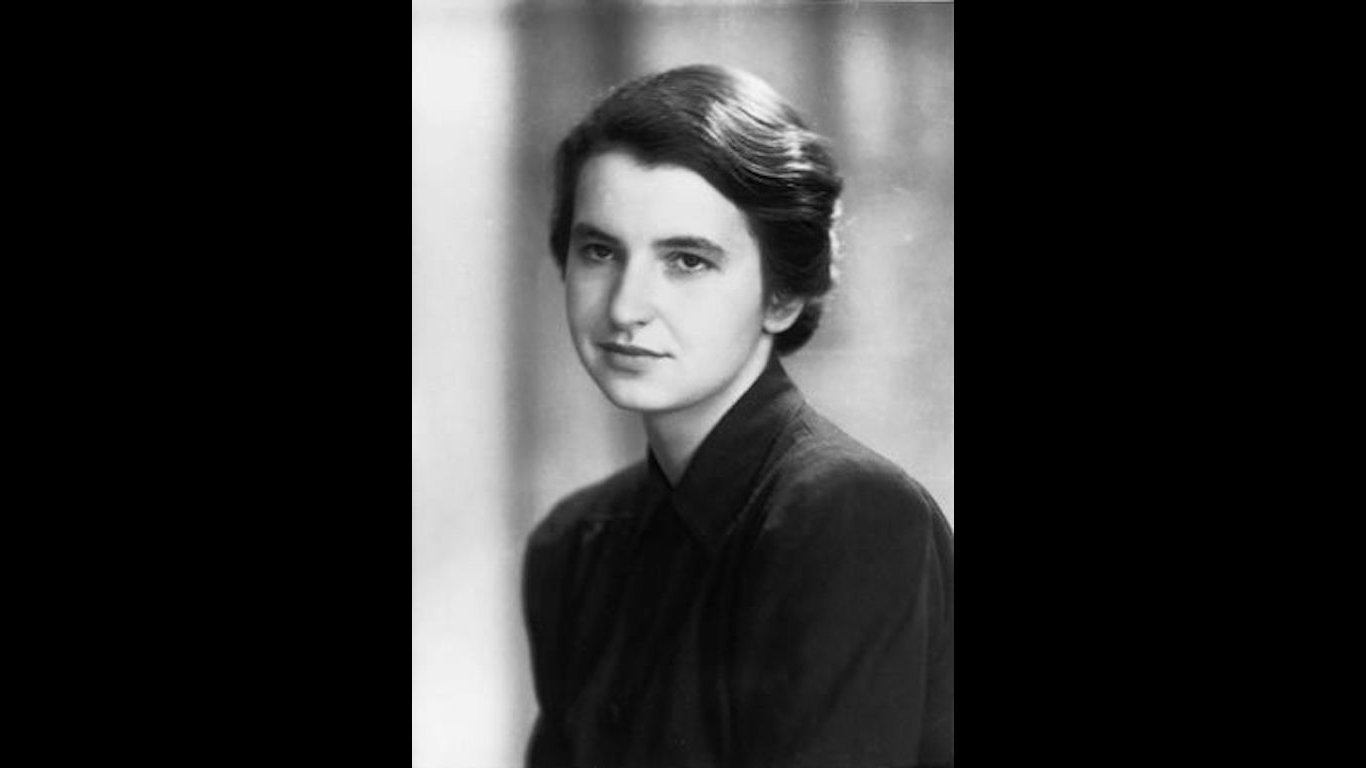
Rosalind Franklin
>Profession: Chemist
>Lived: 1920-1958
>Birthplace: England
>Most noted accomplishment:Understanding DNA structure
Like many women in science, Rosalind Franklin’s contributions to significant research were not fully credited by male research scientists, who received the Nobel Prize in Medicine in 1962 for their discovery of the structure of DNA. With a Ph.D. in physical chemistry from Cambridge, Franklin was an expert in X-ray crystallography. She was one of several scientists studying DNA when James Watson and Francis Crick used some of her data and X-ray photographs to create their famous model of the DNA double helix, without acknowledging her contribution. After the DNA breakthrough, Franklin continued with important, independent research into the structure of RNA and viruses, but she died of ovarian cancer at the age of 37.
[in-text-ad-2]
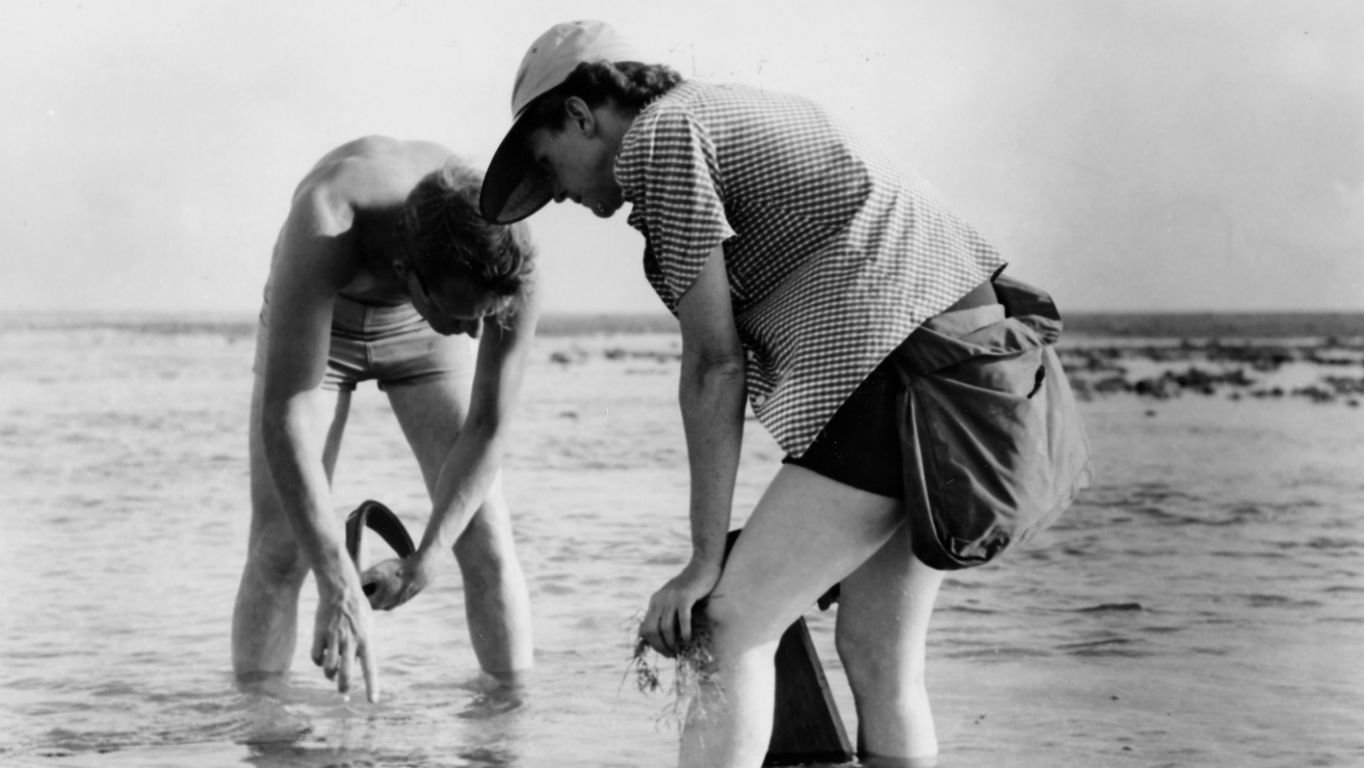
Rachel Carson
>Profession: Aquatic biologist
>Lived: 1907-1964
>Birthplace: Pennsylvania
>Most noted accomplishment: Alerted the world to the dangers of pesticides
A talented writer with degrees in biology, Rachel Carson became an expert on ocean ecology, publishing three popular books about the sea. Their success allowed her to quit her job with the U.S. Fish and Wildlife Service to research what became her most famous book, “Silent Spring,” which exposed the environmental threat pesticides pose. The book, and Carson’s testimony before Congress, led to the banning of DDT, an insecticide, and she is credited with launching the environmental movement.
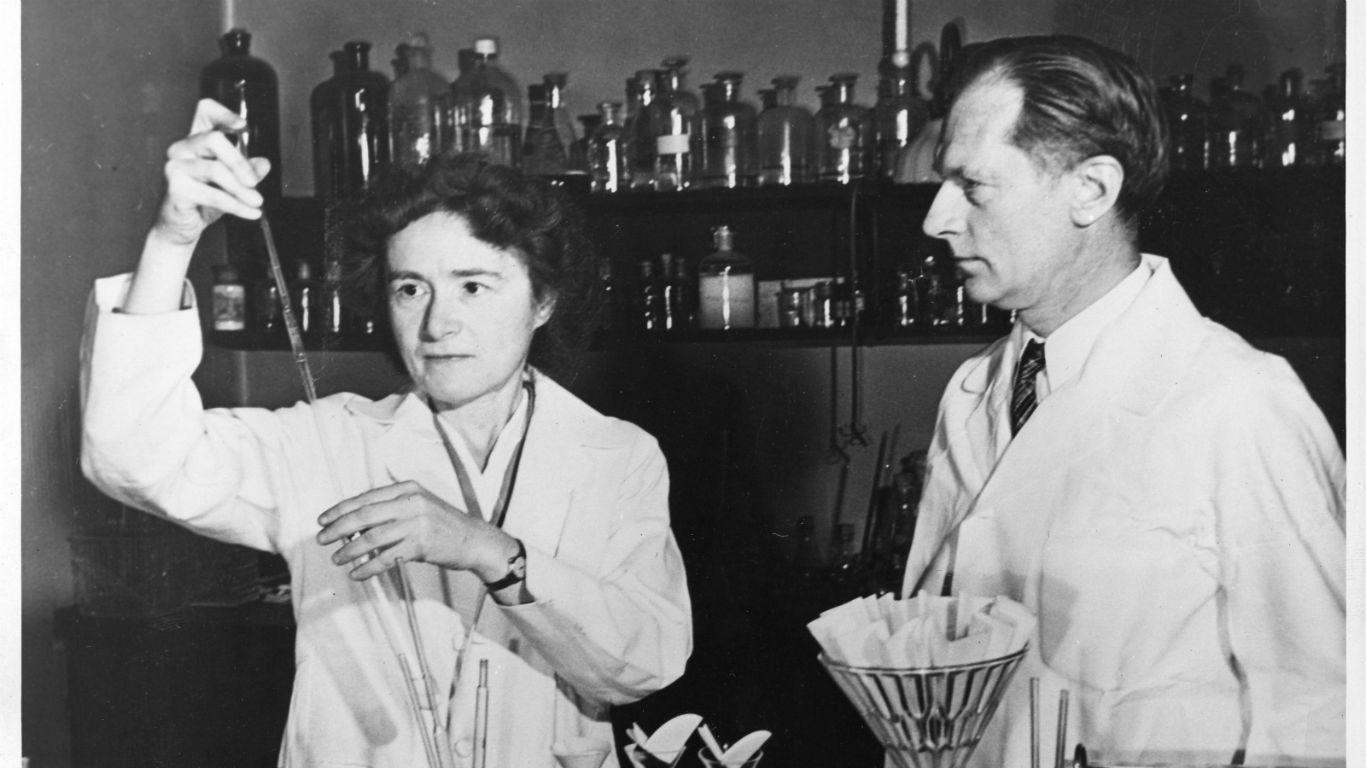
Gerty Cori
>Profession: Biochemist
>Lived: 1896-1957
>Birthplace: Prague, Czech Republic
>Most noted accomplishment: First American woman to win a science Nobel Prize
Gerty Cori and her husband, Carl Ferdinand Cori, both with medical degrees and with similar research credentials, emigrated to the United States where they became citizens and worked together studying how sugar is processed by the human body. Despite their intellectual equality and shared research, Cori held lesser academic posts and was excluded from many honors awarded to her husband. She was, however, awarded the Nobel Prize in Physiology and Medicine, along with her husband, in 1947, for their work in understanding of how sugar is metabolized, making her the third woman and the first American woman to win the prize.
[in-text-ad]
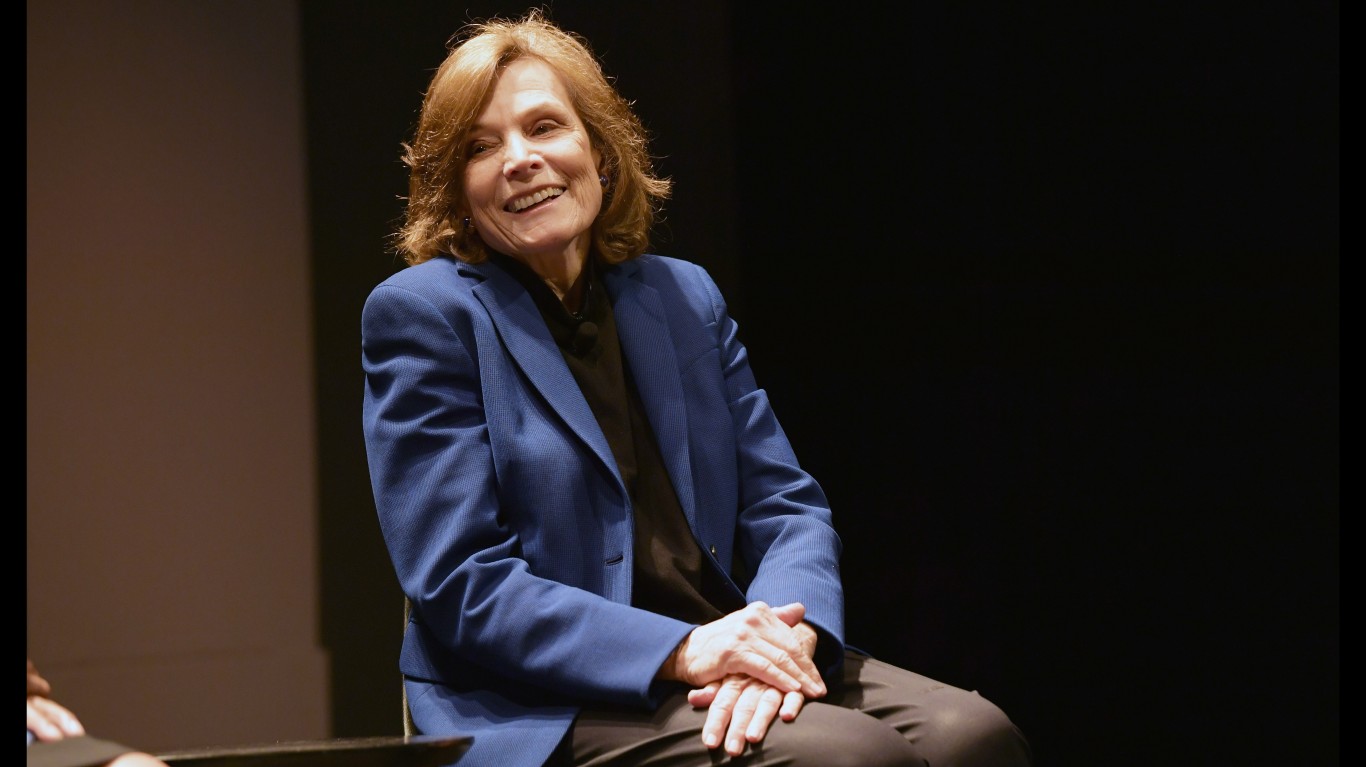
Sylvia Earle
>Profession: Oceanographer and explorer
>Lived:1935-
>Birthplace: New Jersey
>Most noted accomplishment: Exploration of the oceans
In pursuing her Ph.D in botany, Sylvia Earle wrote her thesis on ocean algae. Since then, she has spent her life studying, exploring, and writing about the ocean, leading numerous oceanic expeditions around the world, and making groundbreaking discoveries about the ocean and ocean life. An early user of scuba equipment, Earle also helped design a submersible undersea rover able to reach a depth of 3,000 feet. She, herself, has descended 1,250 feet, setting the world’s untethered diving record. Throughout her career Earle had held many scientific posts, including serving as the first female chief scientist for the National Oceanographic and Atmospheric Administration (NOAA) and National Geographic’s first female explorer in residence, writing books, and making films about ocean conservation.
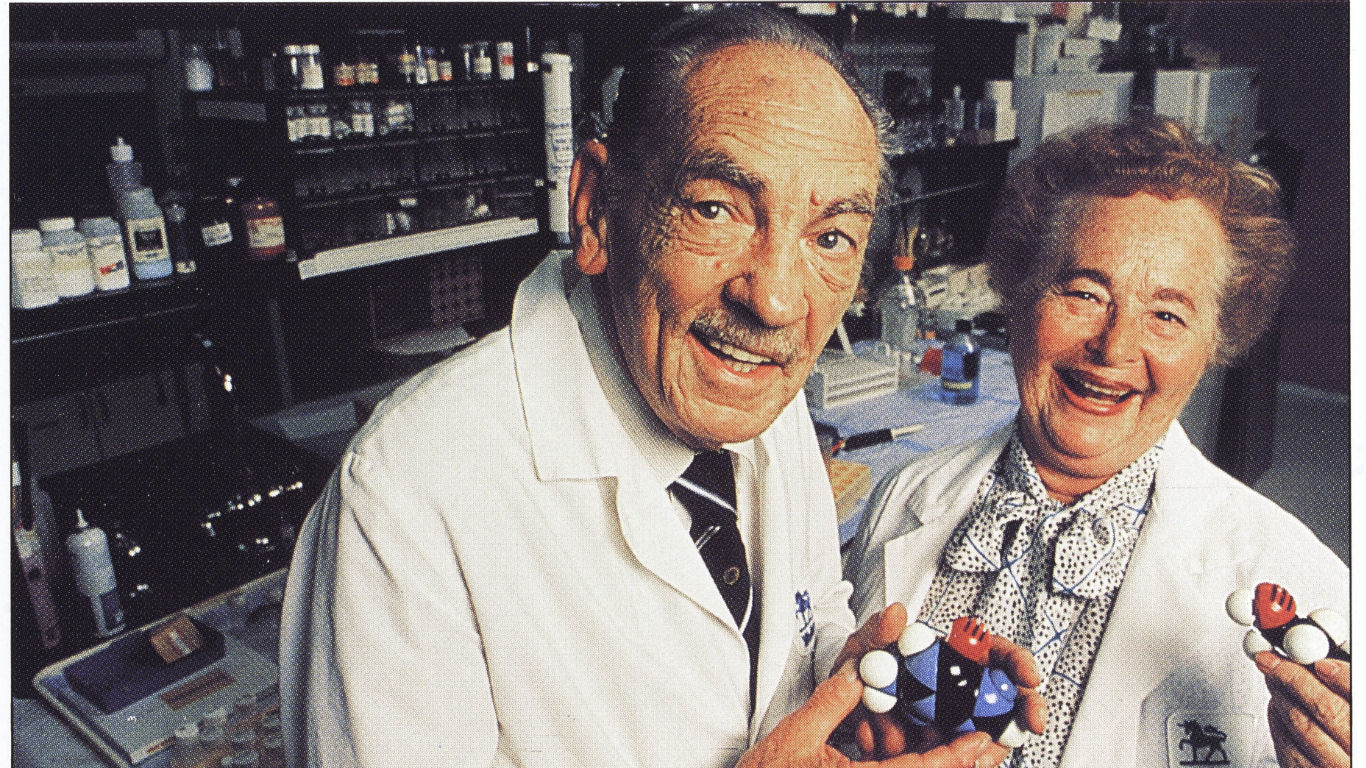
Gertrude Elion
>Profession: Biochemist and pharmacologist
>Lived: 1918-1999
>Birthplace: New York City
>Most noted accomplishment: Leukemia treatment
Gertrude Elion struggled to get a foothold in science after earning a master’s degree in biochemistry from New York University. She worked as a secretary and lab assistant before earning a true partnership with researcher George Herbert Hitchings, with whom she worked for 30 years. Together they discovered treatments for a number of diseases, including leukemia, gout, malaria and meningitis, by diverging from the traditional approach to medicine, which was, essentially, trial and error. Instead, using their own “rational drug design” techniques they studied the differences between normal human cells and cancer cells, viruses and bacteria, and then devised medications that targeted the disease cells. After Hitchings retired, Elion’s continued research opened the door to the later development of drugs to treat AIDS. Soon after, in 1988, she, along with Hitchings and Sir W. James Black, were awarded the Nobel Prize in Physiology and Medicine.
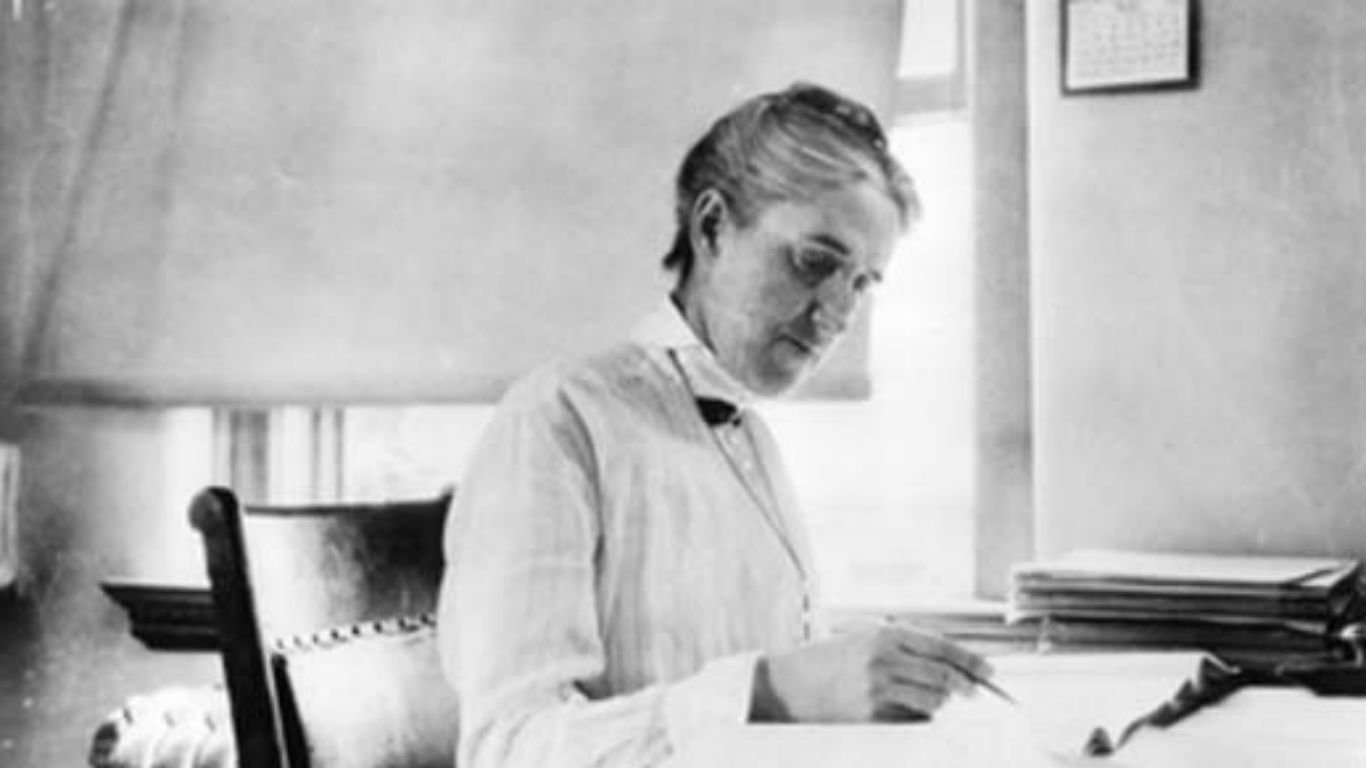
Henrietta Leavitt
>Profession: Astronomer
>Lived: 1868-1921
>Birthplace: Massachusetts
>Most noted accomplishment: Standardizing the measurement of stars’ brightness
With a degree from Radcliffe College, Henrietta Leavitt began her career as an astronomer by volunteering at the Harvard Observatory. Seven years later, she became a permanent staff member, working on a project to measure the brightness of stars. Using reference stars and photographs of stars from around the world, Leavitt devised a new kind of analysis to standardize the determination of stellar magnitude. She further distinguished herself by finding patterns in the luminosity of pulsating stars, referred to as variable stars, and, from the resulting calibrations, astronomers were able to determine the distance of stars, opening up scientific understanding of the size of the universe and the existence of other galaxies. While doing her research, Leavitt discovered 2,400 variable stars, more than doubling the number previously known.
[in-text-ad-2]
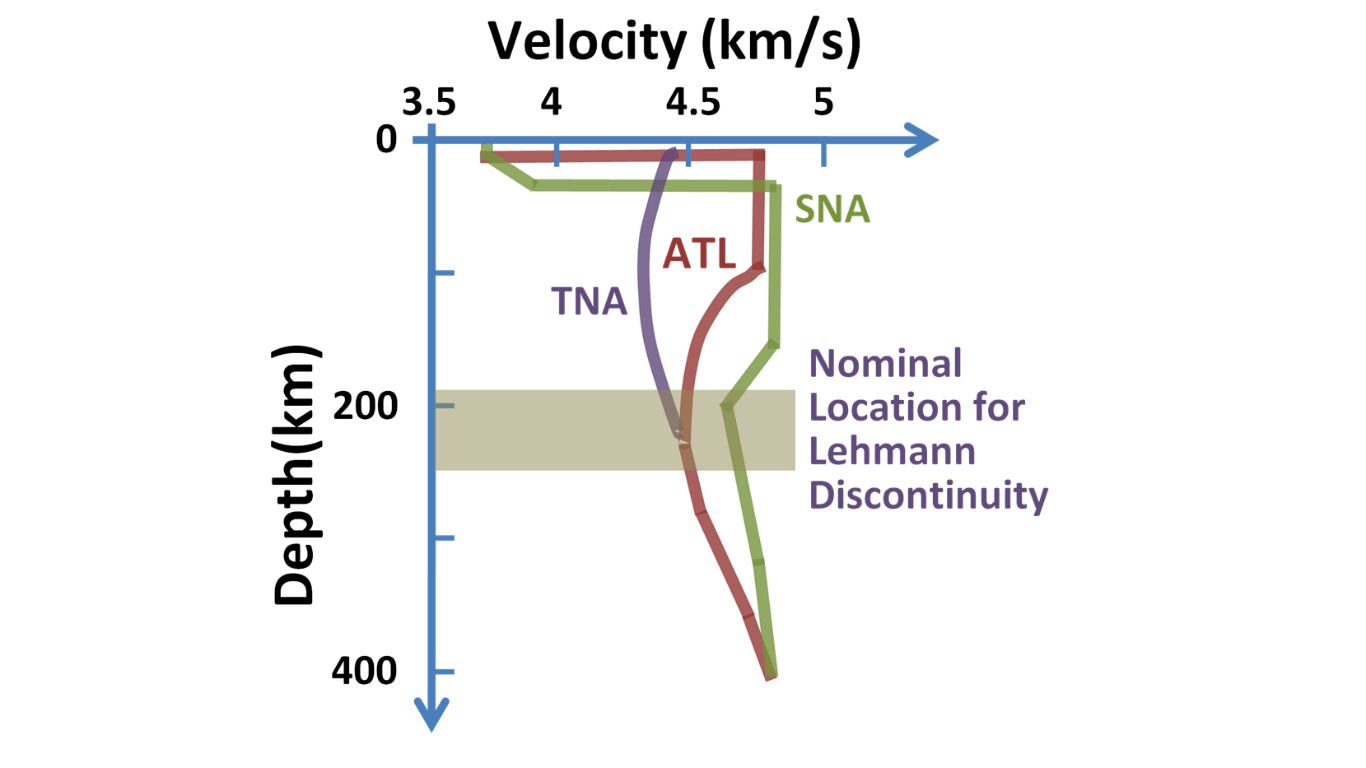
Inge Lehmann
>Profession: Seismologist
>Birthplace: Denmark
>Most noted accomplishment: Discovered the inner core of the Earth
>Lived: 1888-1993
Inge Lehmann spent her entire career as head of the Seismological Department of the Royal Danish Geodetic Institute, where she managed seismic stations in Denmark and Greenland. Studying seismograph data and the movement of seismic waves, Lehman postulated the existence of a solid inner core within the Earth’s liquid outer core — existence that was verified in the 1970s. She also discovered a discontinuity, or boundary region, between the outer and inner cores, and a second discontinuity within the Earth’s upper mantle. Both discontinuities were subsequently named after her. In addition to her research, Lehmann was a cofounder of the Danish Geophysical Society, which she chaired for a number of years.
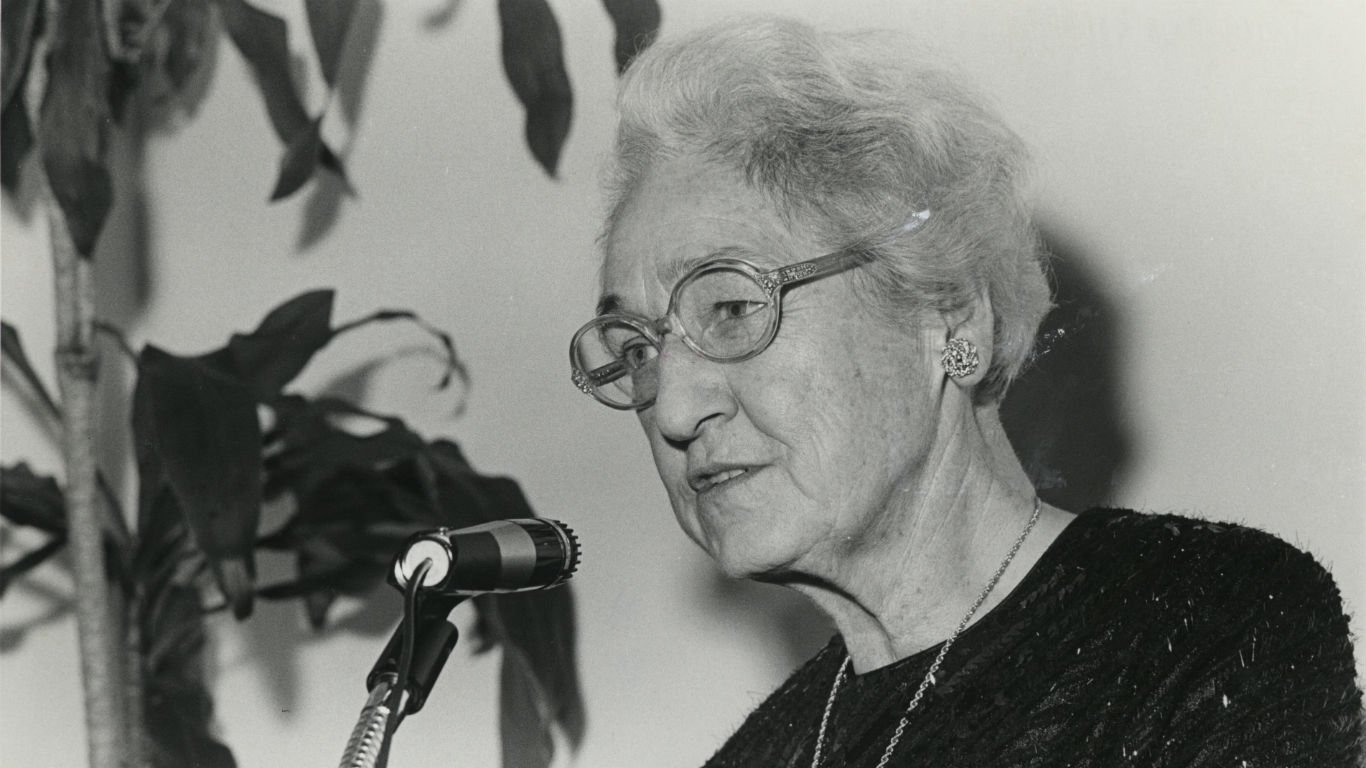
Virginia Apgar
>Profession: Obstetrical anesthesiologist
>Lived: 1909-1974
>Birthplace: New Jersey
>Most noted accomplishment: Devised the first standard test of neonatal health
Starting out as a surgeon with a medical degree from Columbia University, Virginia Apgar, as a woman, was discouraged from pursuing surgery as a career and changed course to become an anesthesiologist. As that profession gradually gained respect within the medical community and academia, Apgar became the first female full professor of medicine at Columbia. Concerned about the effects of anesthesia on newborns, she developed a test for assessing a baby’s health immediately after birth. Known as the Apgar score — which assesses heart rate, respiratory effort, muscle tone, reflex response, and color — the test has become a standard used around the world. Later in life, Apgar gave up medicine to study public health and became an advocate for infant health and the prevention of birth defects.
[in-text-ad]
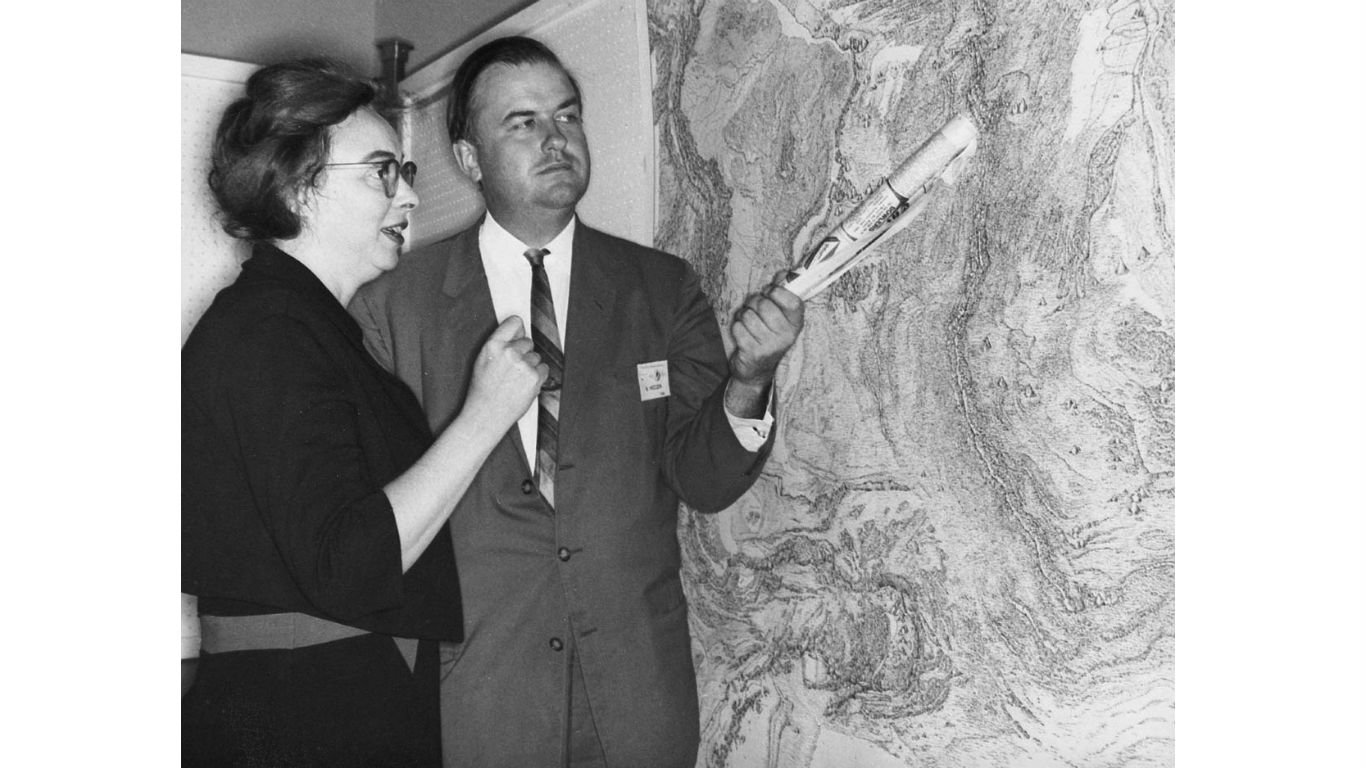
Marie Tharp
>Profession: Geologist and oceanographic cartographer
>Lived: 1920-2006
>Birthplace: New York
>Most noted accomplishment: Created the first map of the world ocean floor
Trained as a geologist, Marie Tharp took a job as a research assistant at the Lamont Geological Laboratory in Columbia University in New York where she became part of a project to map the ocean floor. As a woman, Tharp was not allowed on research vessels, so she worked as a cartographer, using sonar data collected by her long-time collaborator, Bruce Heezen. In drawing the topography of the Atlantic Ocean she discovered canyons, mountains, and ridges that had not been known to exist, and went on to map the other oceans of the world. Tharp’s work led her to promote, and later prove, the theory of continental drift, a finding initially received with skepticism but later accepted by the scientific community.
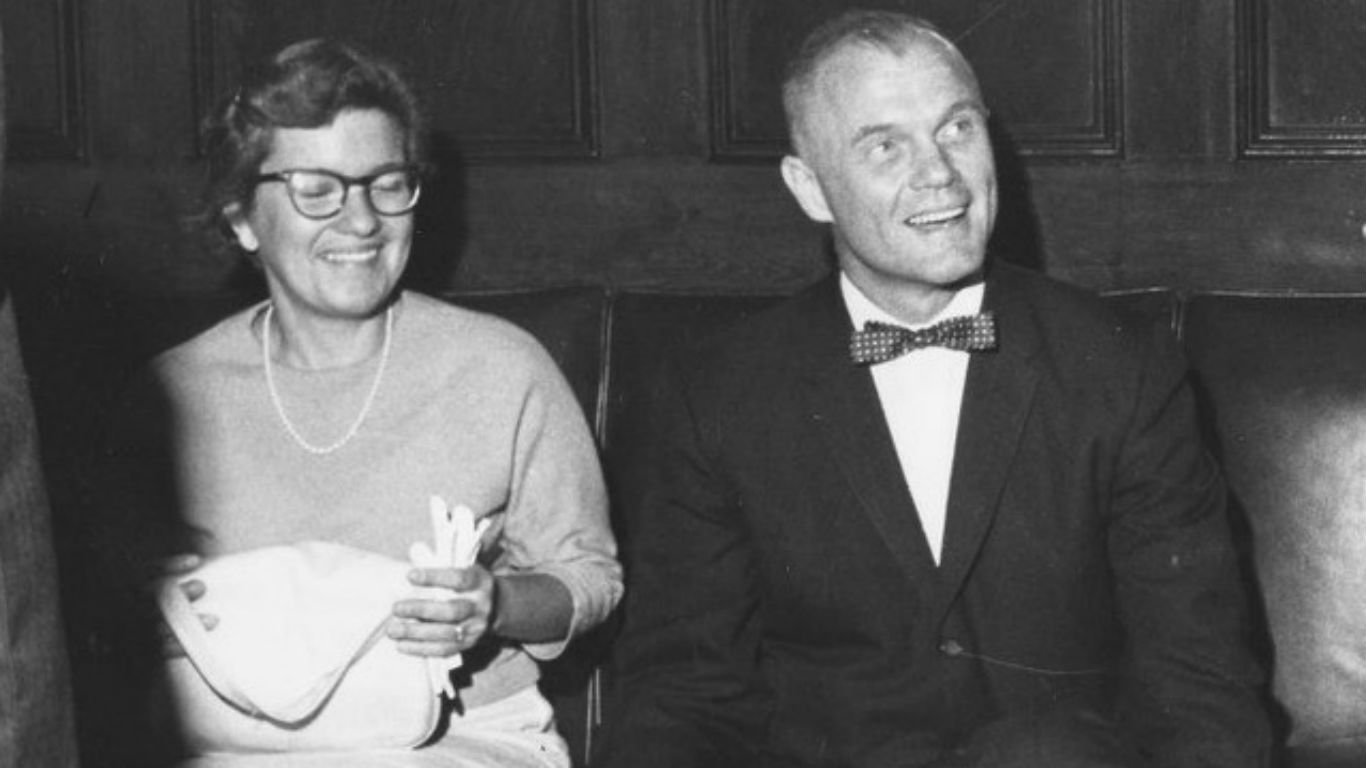
Vera Rubin
>Profession: Astronomer
>Lived: 1928-2016
>Birthplace: Pennsylvania
>Most noted accomplishment: Found proof of the existence of dark matter
Focusing her studies on the movement of galaxies, Vera Rubin earned a master’s degree from Cornell University and a doctorate in physics from Georgetown University. Rubin did cutting edge research on the movement of galaxies, particularly the galaxy-rotation problem — the question of why the stars do not fly out of a galaxy if the force of gravity is all that is holding them together. Rubin championed the idea that there were outer reaches of galaxies that could not be seen, and her research and calculations led to the scientific acceptance of the theory of dark matter.
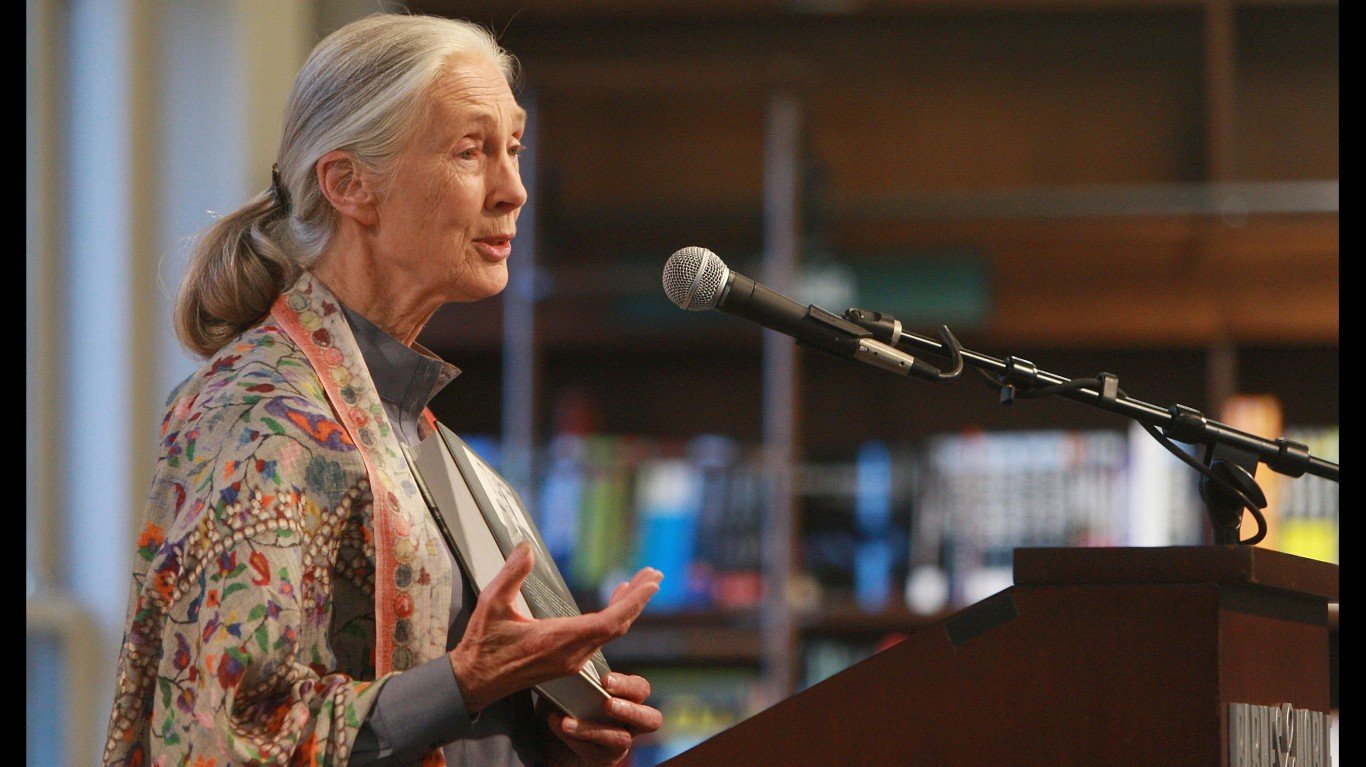
Jane Goodall
>Profession: Ethologist
>Lived: 1934-
>Birthplace: London
>Most noted accomplishment: Studied chimpanzees in the wild
Lacking a formal science education, Jane Goodall traveled to Africa as a film-maker and became an assistant to anthropologist Louis Leakey, who inspired her to set up a camp in Gombe Stream Game Reserve to study chimpanzees in 1960. She worked there until 1975, recording her revelatory observations and directing field research. During this time, at Leakey’s suggestion, she returned to England to study ethology and became one of only a few individuals to receive a Ph.D. from Cambridge without having earned an undergraduate degree. After her years Gombe she founded the Jane Goodall Institute for Wildlife Research, Education and Conservation, which leads community based conservation projects around the world, but is particularly focused on preventing the extinction of chimpanzees. She is the recipient of multiple honors and in 2002 became a UN Messenger for Peace.
[in-text-ad-2]
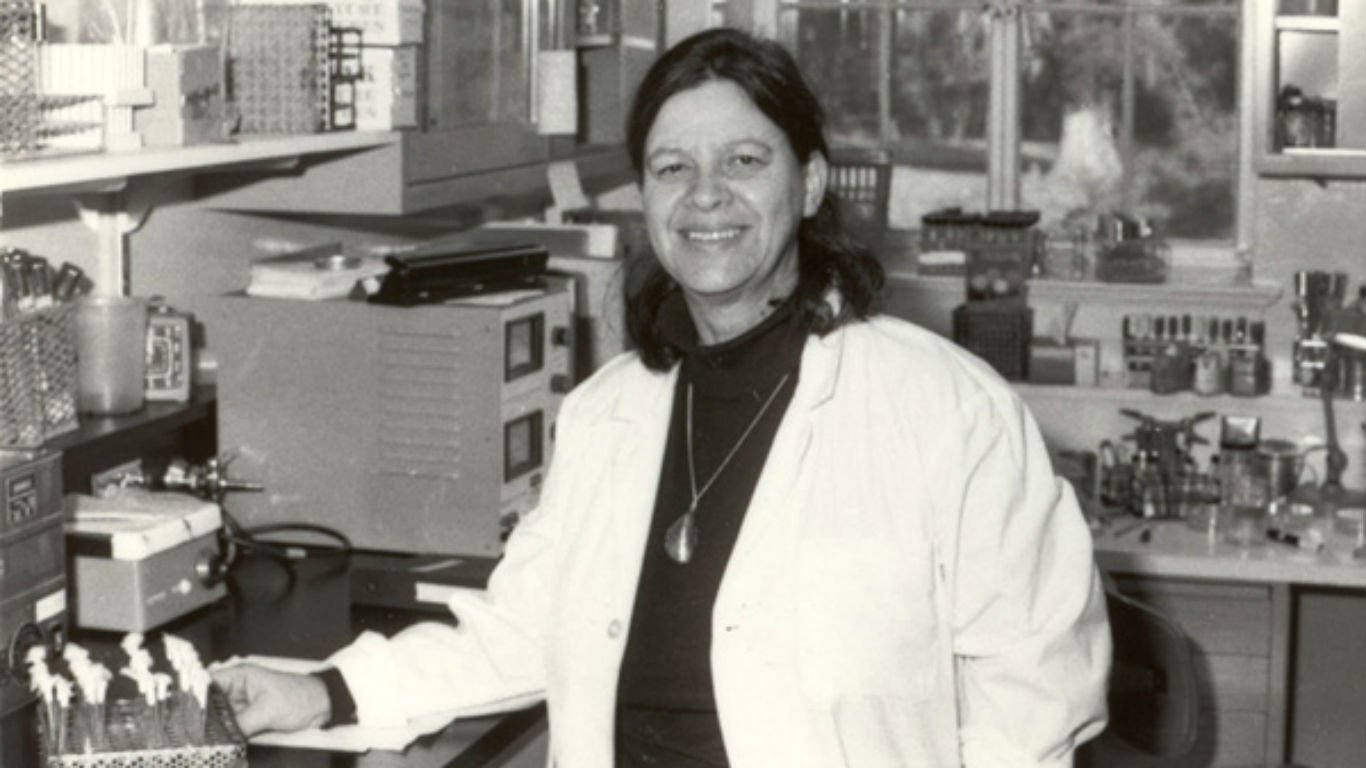
Esther Lederberg
>Profession: Microbiologist
>Lived: 1922-2006
>Birthplace: New York
>Most noted accomplishment: Pioneer of bacterial genetics
Esther Lederberg was a microbiologist who earned her doctorate in the field of bacterial genetics. In the following years, first in Wisconsin and then at Stanford, she assisted her husband, Joshua Lederberg, doing pioneering work on drug resistant bacteria, for which he and two others received the Nobel Prize in 1958. On her own, Esther discovered a previously unknown “stealth” virus, the lambda phage, which entered a bacterium and later emerged to infect the host. This work proved important in the study of complex viruses.
Sponsored: Find a Qualified Financial Advisor
Finding a qualified financial advisor doesn’t have to be hard. SmartAsset’s free tool matches you with up to 3 fiduciary financial advisors in your area in 5 minutes. Each advisor has been vetted by SmartAsset and is held to a fiduciary standard to act in your best interests. If you’re ready to be matched with local advisors that can help you achieve your financial goals, get started now.
Thank you for reading! Have some feedback for us?
Contact the 24/7 Wall St. editorial team.
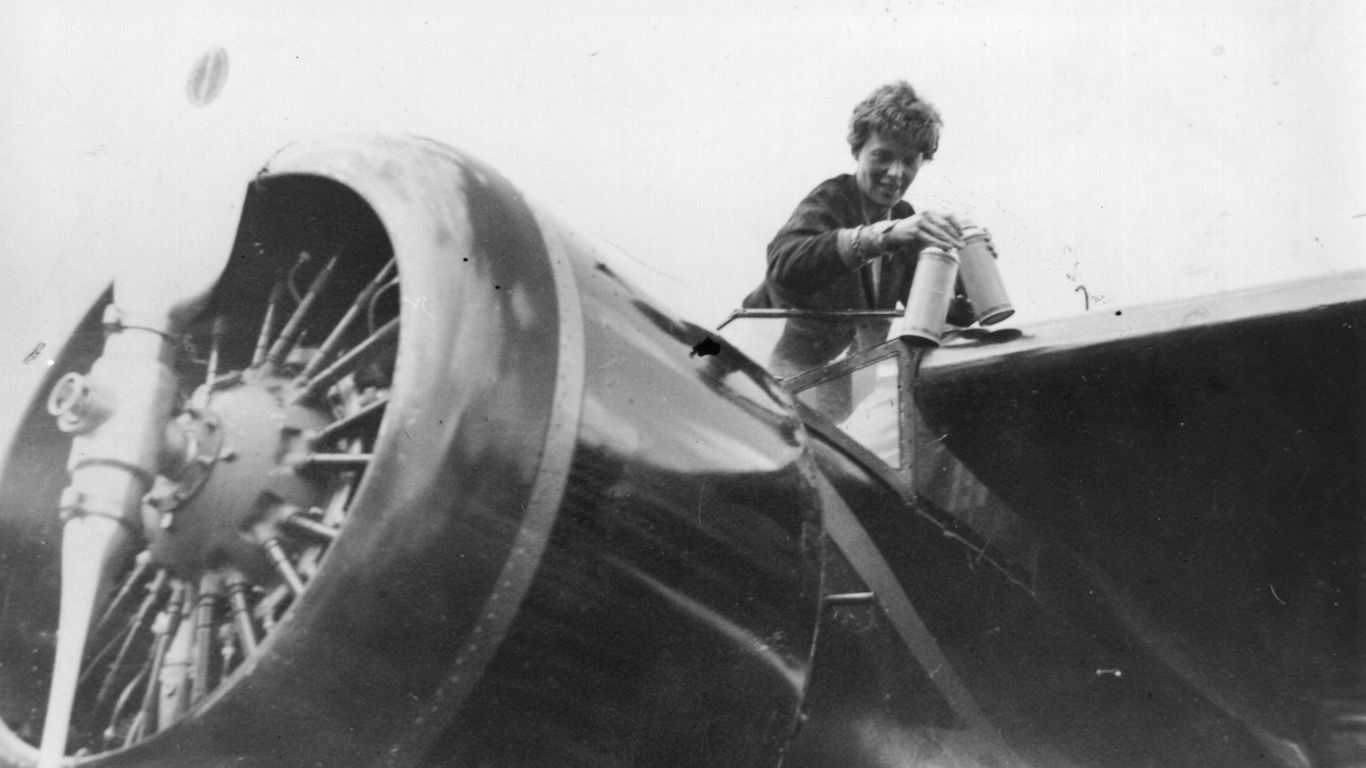 24/7 Wall St.
24/7 Wall St. 24/7 Wall St.
24/7 Wall St. 24/7 Wall St.
24/7 Wall St.
